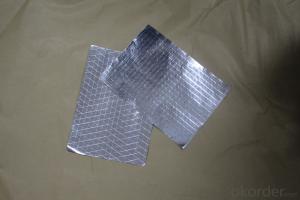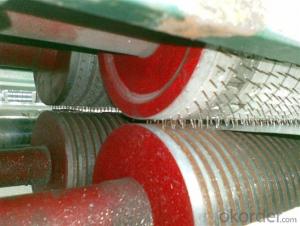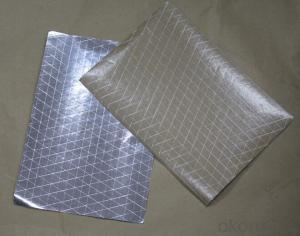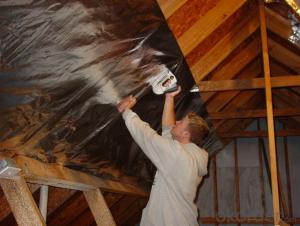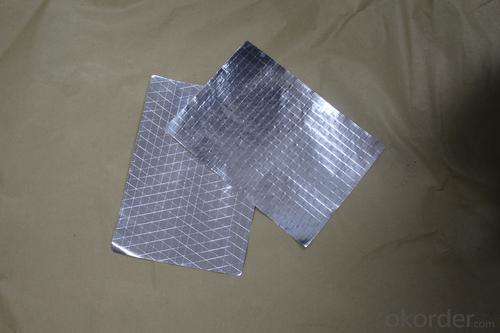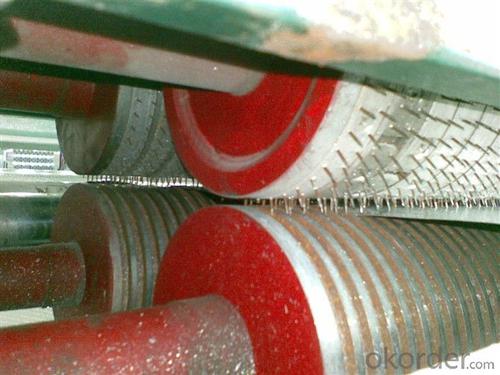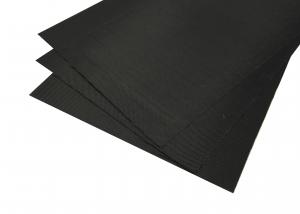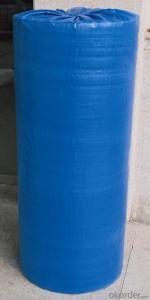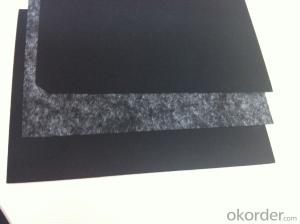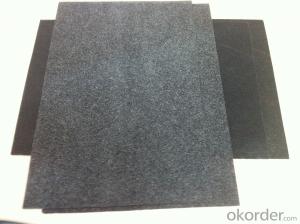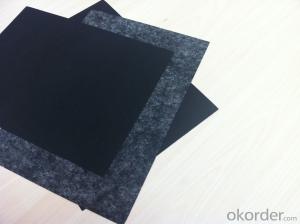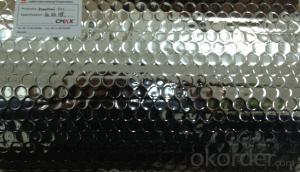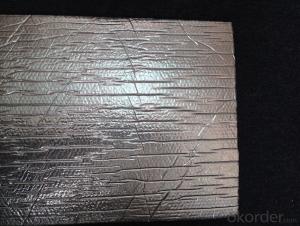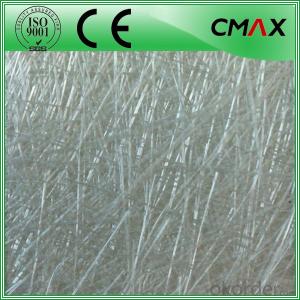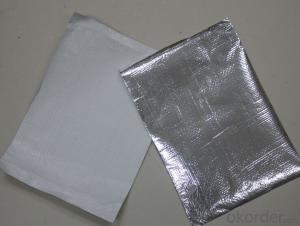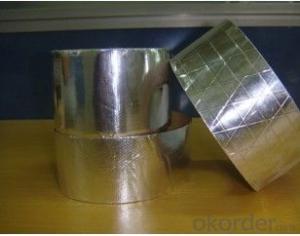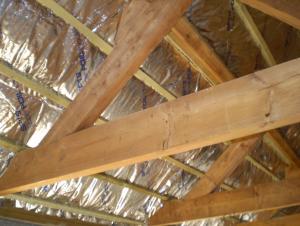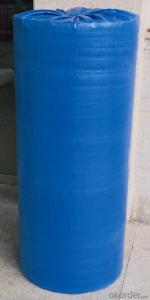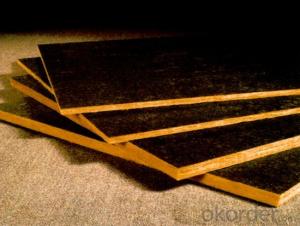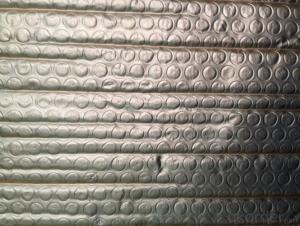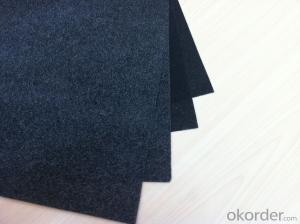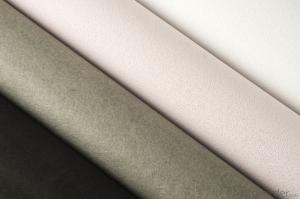Fiberglass Facing Flexible Ducts with Bubble Film and Glasswool Green Facing
- Loading Port:
- China Main Port
- Payment Terms:
- TT OR LC
- Min Order Qty:
- -
- Supply Capability:
- -
OKorder Service Pledge
OKorder Financial Service
You Might Also Like
Application:
1,Building Thermal Insulation Material
(1),Roof,Underlay,Under Concrete & floor Insulation;
(2),Attic,Crawl Space,Stud Wall ,Metal Frame Building Insulation.
2,Wrapping
(1),Protective coatings of ventilating pipe,HVAC Duct & Pipe;
(2),Shells of air conditioner and water heater.
Feature:
1), Waterproof, heavy duty, clean, light, flexible, non-absorbent surface
2), Fire resistant & antiglare
3), Recyclable, environmentally friendly
4), Effective in extreme temperatures both hot and cold
5), Easily install, cut, stapled, nailed or glued into place
6), Safe to handle with no special clothing or breathing Equipment
Feature:
1), Waterproof, heavy duty, clean, light, flexible, non-absorbent surface
2), Fire resistant & antiglare
3), Recyclable, environmentally friendly
4), Effective in extreme temperatures both hot and cold
5), Easily install, cut, stapled, nailed or glued into place
6), Safe to handle with no special clothing or breathing Equipment
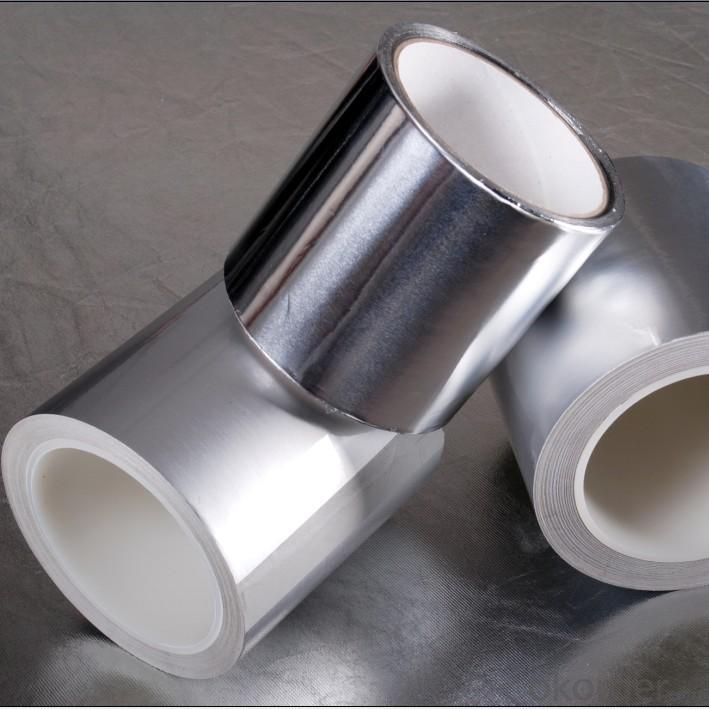
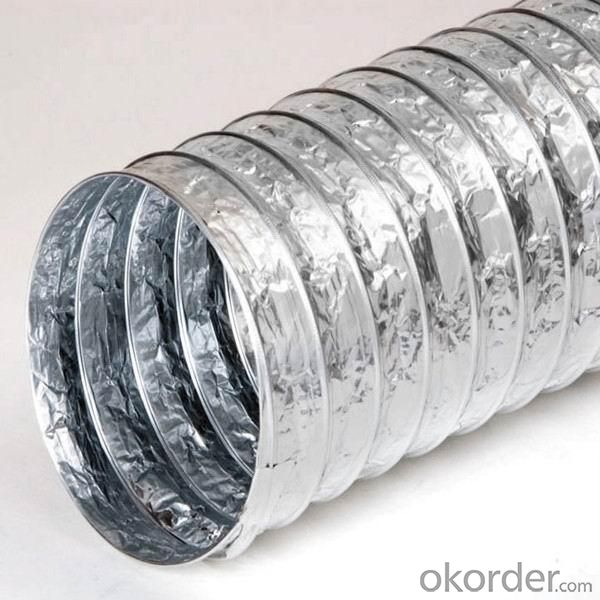
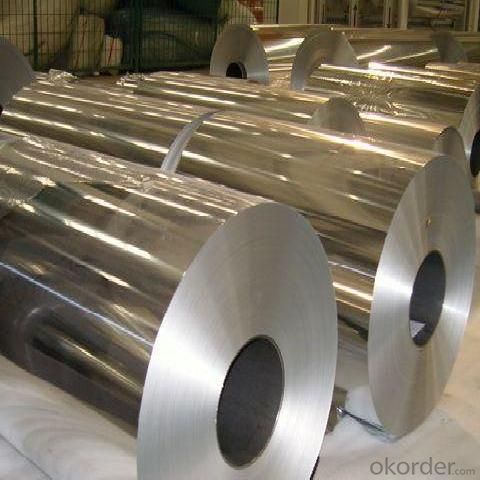
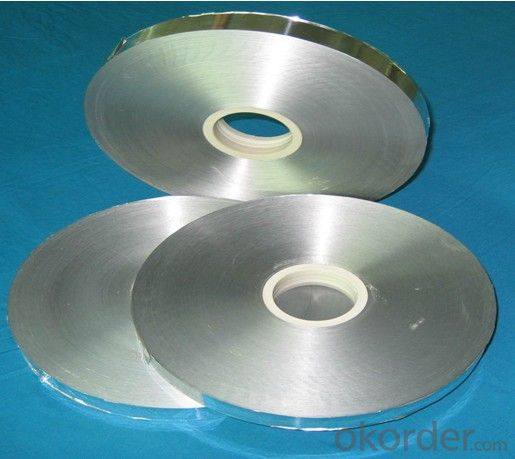
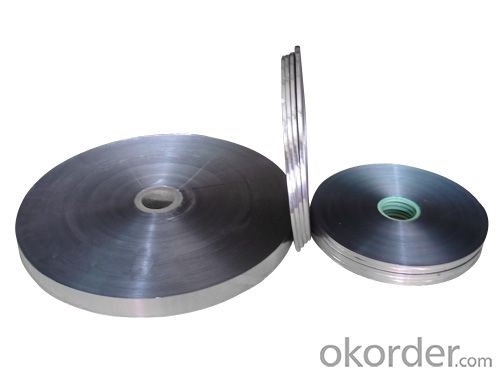
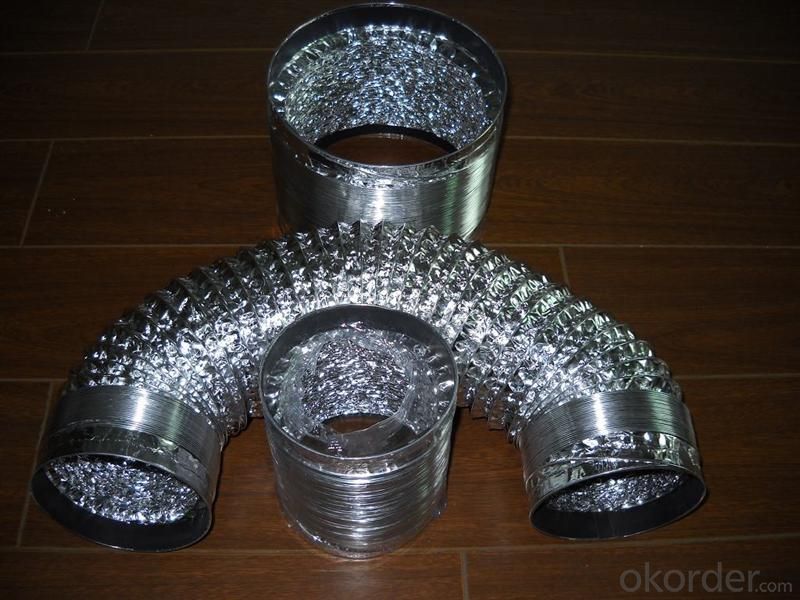
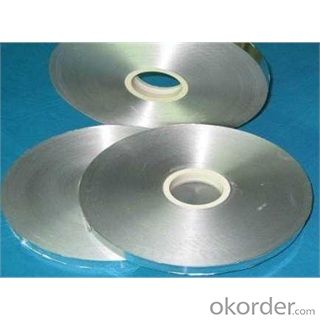
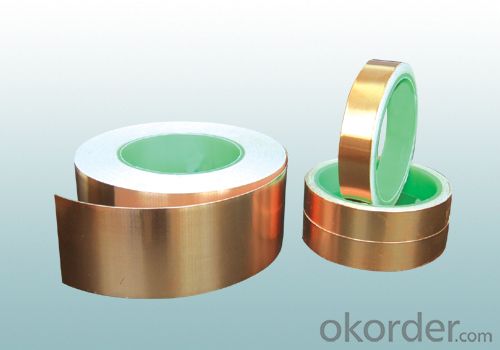
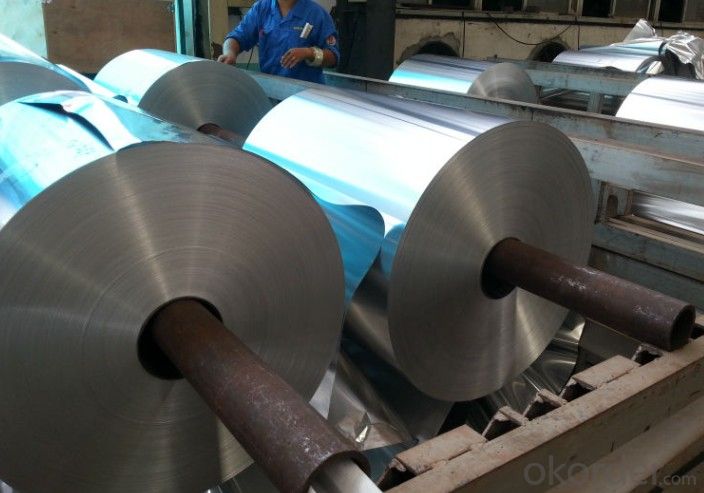
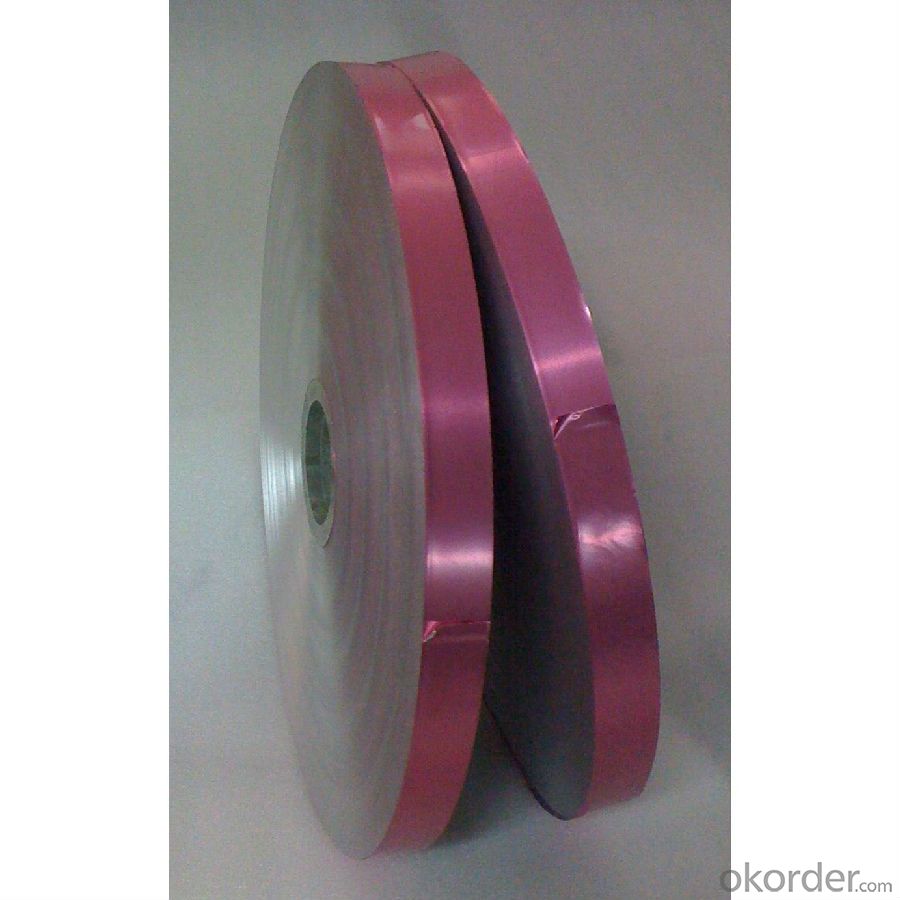
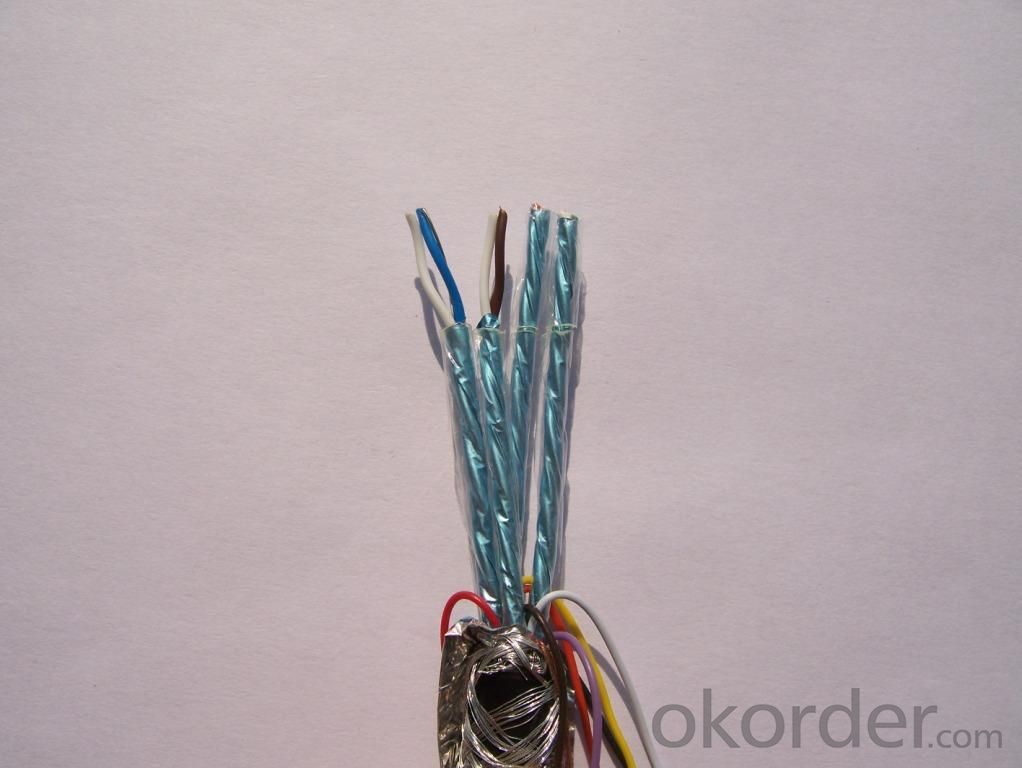
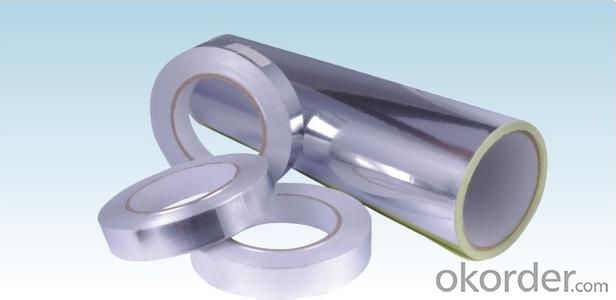
- Q: What is the texture or appearance of the surface of black fiberglass tissue?
- <p>The surface finish of black fiberglass tissue is typically smooth and matte. It is characterized by a uniform, non-reflective appearance with a slight texture that is often associated with the woven nature of the fiberglass. This finish can vary slightly depending on the specific manufacturing process and the intended application of the fiberglass tissue.</p>
- Q: This question asks for methods to determine the cleanliness of black fiberglass tissues post-usage.
- <p>To determine if your black fiberglass tissues are clean or dirty after use, check for visible signs of dirt, dust, or residue. Clean tissues should appear free from any visible contaminants. If there's any doubt, it's best to assume they are dirty. Additionally, consider the context in which they were used; if they were in contact with a dirty or contaminated environment, they are likely dirty. Regular cleaning and inspection are crucial to maintain hygiene and functionality.</p>
- Q: Is it possible to utilize black fiberglass tissue in the manufacturing of automotive components?
- <p>Yes, black fiberglass tissue can be used for automotive parts. It is known for its strength, durability, and resistance to corrosion, making it suitable for various applications in the automotive industry. Fiberglass is often used in the production of body panels, hoods, and other components where weight reduction and structural integrity are important. Its versatility allows for customization in color and texture, including black, which can be beneficial for aesthetic and functional purposes.</p>
- Q: What is the tensile strength of black fiberglass tissue?
- <p>The tensile strength of black fiberglass tissue can vary depending on the specific type and manufacturing process. Generally, it ranges from 500 to 3000 MPa (or 72,500 to 435,000 psi). This high tensile strength makes it suitable for applications requiring high strength-to-weight ratios, such as in construction, automotive, and aerospace industries. It's important to note that the exact tensile strength should be obtained from the manufacturer's specifications for the specific product in question.</p>
- Q: Is the use of black fiberglass tissues safe in residential or commercial settings without taking any specific safety measures?
- <p>While black fiberglass tissues can be used in homes or businesses, it's important to take necessary precautions. Fiberglass is made of fine glass fibers that can be inhaled and may cause irritation to the skin, eyes, and respiratory system. Always wear protective gear such as gloves, goggles, and a mask when handling fiberglass. Ensure proper ventilation to avoid inhaling fibers and clean up carefully to prevent the spread of fibers around the area. Consult material safety data sheets (MSDS) for specific safety instructions related to the product you are using.</p>
- Q: Is it possible to utilize black fiberglass tissue in construction?
- <p>Yes, black fiberglass tissue can be used as a building material. It is known for its strength, durability, and resistance to various environmental factors, making it suitable for construction purposes. It is often used in the form of reinforced plastic or composite materials, enhancing the structural integrity of buildings and providing insulation. However, it's important to follow specific guidelines and regulations for its use in construction to ensure safety and effectiveness.</p>
- Q: What are the methods to keep black fiberglass tissue clean and free from dirt?
- <p>To prevent black fiberglass tissue from becoming dirty, follow these steps: 1. Regularly clean the surface with a soft brush or cloth to remove dust and debris. 2. Avoid direct exposure to harsh chemicals or substances that can stain or damage the fiberglass. 3. Use a protective cover or shield when working in areas where dirt or debris is likely to accumulate. 4. Apply a protective coating or sealant specifically designed for fiberglass to create a barrier against dirt and stains. 5. Regularly inspect the fiberglass for any signs of damage or wear, and address these issues promptly to prevent further dirt accumulation.</p>
- Q: What is the coefficient of thermal expansion for black fiberglass tissue, which measures how much the material expands per degree of temperature change?
- <p>The coefficient of thermal expansion (CTE) for black fiberglass tissue is approximately 0.5 to 1.0 x 10^-5 per degree Celsius. This value indicates that for every degree Celsius increase in temperature, the material expands by 0.000005% to 0.00001%. The exact value can vary depending on the specific composition and manufacturing process of the fiberglass tissue.</p>
- Q: Is it permissible to utilize black fiberglass tissue in the construction or components of medical equipment?
- <p>No, black fiberglass tissue is not suitable for use in medical equipment. Medical equipment must adhere to strict standards regarding materials to ensure safety and biocompatibility. Black fiberglass tissue may contain harmful substances or not meet the required sterilization standards. It's crucial to use materials specifically approved for medical use to prevent any health risks to patients.</p>
- Q: This question asks for a comparison between black fiberglass tissue and other types of paper tissues, highlighting their differences.
- <p>Black fiberglass tissue is distinct from other paper tissues due to its composition and properties. It is made from fiberglass, a type of fiber-reinforced plastic, which gives it a unique texture and strength. Unlike traditional paper tissues made from wood pulp, black fiberglass tissue is more durable, resistant to tearing, and less likely to leave lint or shreds. It is often used in industrial applications where high durability and strength are required, such as in gaskets and seals. In contrast, other paper tissues are softer, more absorbent, and designed for everyday use, such as facial tissues or paper towels.</p>
Send your message to us
Fiberglass Facing Flexible Ducts with Bubble Film and Glasswool Green Facing
- Loading Port:
- China Main Port
- Payment Terms:
- TT OR LC
- Min Order Qty:
- -
- Supply Capability:
- -
OKorder Service Pledge
OKorder Financial Service
Similar products
Hot products
Hot Searches
Related keywords
